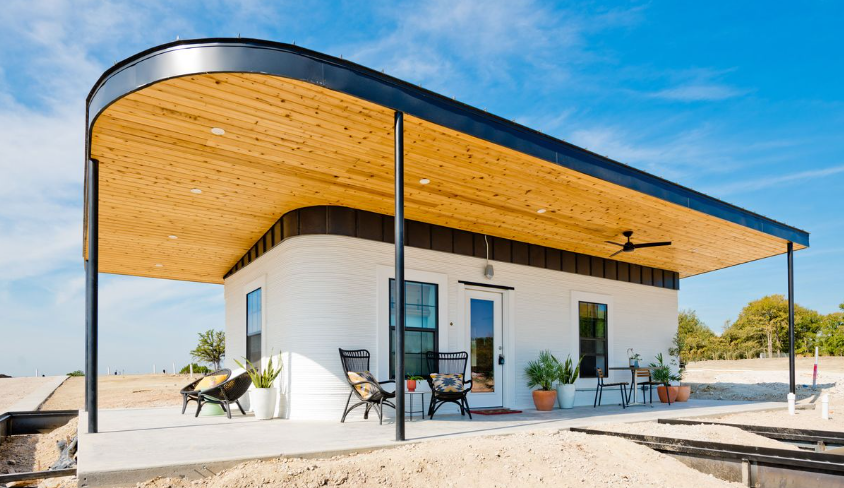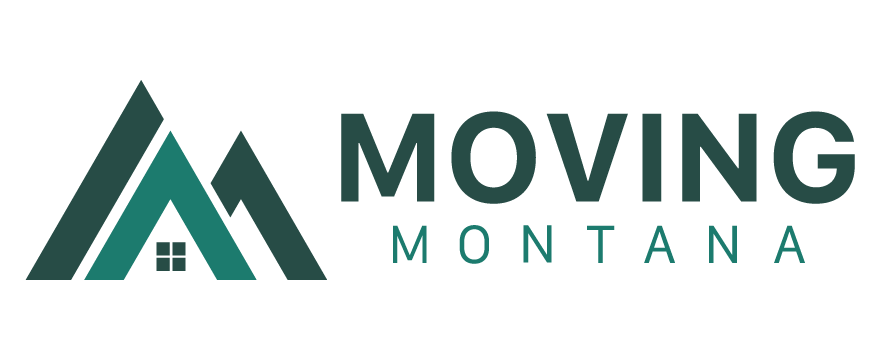
How 3D Printing is Set to Revolutionize the Real Estate Market
The real estate industry is no stranger to innovation. Over the years, we’ve seen a plethora of advancements, such as virtual tours, AI-assisted property valuations, and digital contracts, which have all contributed to streamlining the process of buying and selling properties. I’m always on the lookout for new trends and technologies that will reshape our industry. One such technology that has been gaining traction is 3D printing. In this blog post, we’ll explore how 3D printing has the potential to revolutionize the real estate market and discuss its implications for the future of housing.
- Speed and Affordability of Construction
One of the most significant advantages of 3D printing in real estate is the potential to reduce construction time and cost. Traditional construction methods can take months or even years to complete, whereas 3D-printed homes can be built in a matter of days or weeks. This reduction in construction time leads to substantial savings in labor costs, which can make housing more affordable for potential buyers.
Moreover, 3D printing allows for greater precision and less material waste than traditional construction methods. By using only the necessary amount of materials, costs can be further reduced, and environmental impact minimized.
- Customizable Designs
The flexibility of 3D printing technology enables the creation of unique and customizable designs that cater to individual preferences and needs. In traditional construction, customization can be a lengthy and expensive process. However, with 3D printing, homebuyers can easily modify designs and incorporate personalized features to create their dream homes.
This level of customization can also be beneficial for real estate agents, as it allows us to offer a wider range of properties to suit diverse tastes and requirements. Furthermore, having the ability to showcase one-of-a-kind homes can help attract potential buyers and set us apart in a competitive market.
- Sustainability and Eco-Friendly Housing
As we become increasingly aware of our impact on the environment, the demand for sustainable and eco-friendly housing options continues to grow. 3D printing technology can help address this demand by enabling the construction of homes with reduced environmental impact.
For instance, some companies are experimenting with using recycled materials, such as plastic waste, as the raw material for 3D printing. This not only helps to reduce construction waste but also contributes to a circular economy by repurposing materials that would otherwise end up in landfills. Furthermore, the precision of 3D printing allows for better insulation and energy efficiency in homes, reducing the overall carbon footprint of the building.
- Potential Impact on the Real Estate Market
As 3D printing technology continues to advance and becomes more widely adopted, it has the potential to reshape the real estate market in several ways. Faster and more affordable construction could lead to increased housing supply, helping to address the current housing shortage in many areas. Customizable and eco-friendly homes may also attract a new demographic of buyers, which could in turn create new opportunities for real estate agents.
However, the widespread adoption of 3D printing may also present challenges for the industry. For example, traditional construction companies and skilled laborers may need to adapt to new technologies, and regulatory frameworks may need to be updated to accommodate these innovative building methods.
In conclusion, I believe that 3D printing has the potential to bring about significant changes in the housing market. As industry professionals, we must stay informed about these emerging trends and adapt to the changing landscape to ensure continued success in the ever-evolving world. Montana was the first state to give broad approval to 3D printing construction. As such, our Moving Montana team is going to be closely watching this trend to see how it affects local markets. Furthermore we’ll be watching to see if there is potential for our clients to purchase or build these types of homes if they so desire it. As always, we are here to keep you up to date with new industry trends and we’re a phone call away if you’re looking to buy or sell in our market!
